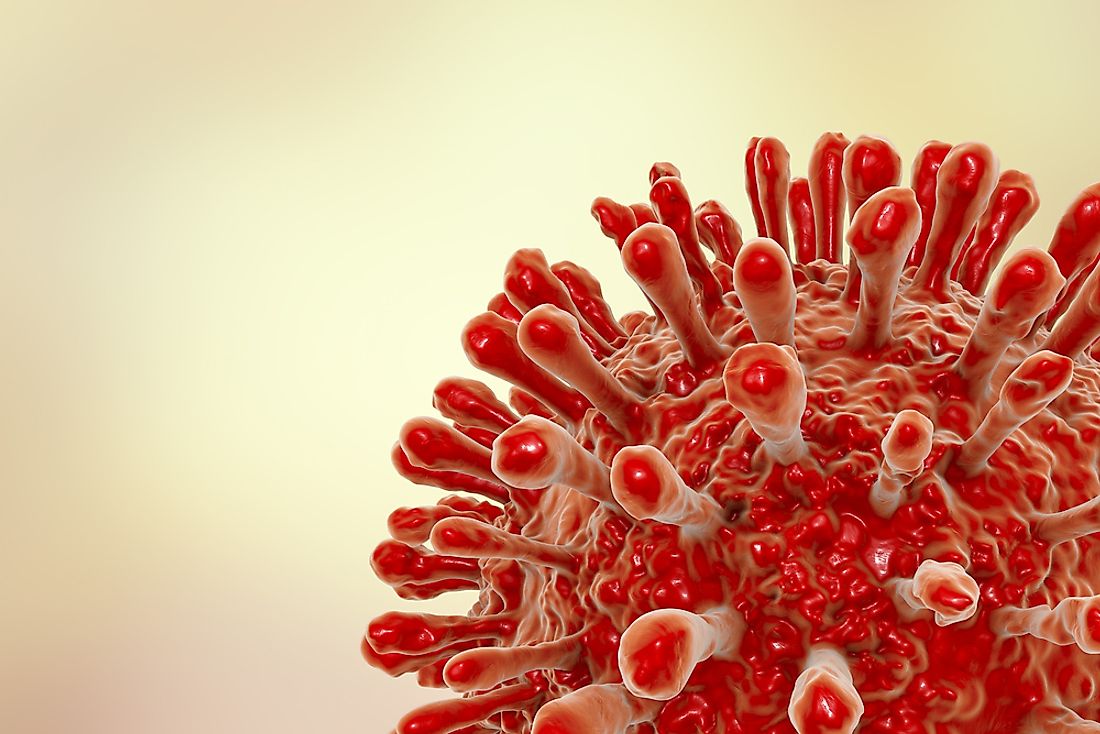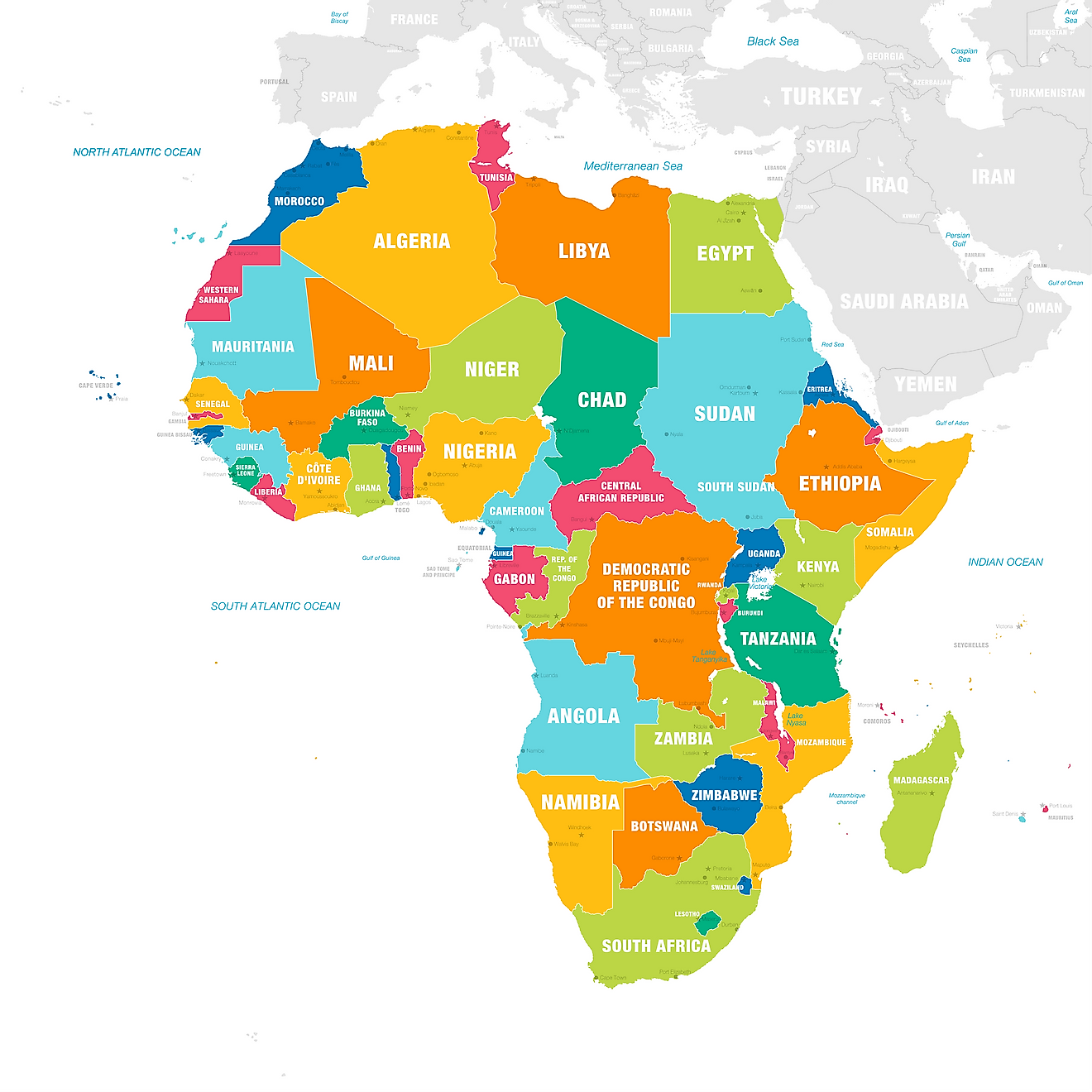HIV in Women — HIV Rate Among Women Worldwide

The human immunodeficiency virus (HIV), if left untreated, causes acquired immunodeficiency syndrome (AIDS), and can infect anyone, anywhere in the world. People contract the virus by having unprotected sex or sharing needles with an infected person. It is also spread via infected blood transfusions and from pregnant mother to child. HIV/AIDS is considered a pandemic and has killed over 39 million people. Today, the majority of infected individuals live in sub-Saharan Africa. Although historically HIV/AIDS has affected more men than women, if current trends continue, infected women will outnumber men. In fact, women with HIV already outnumber men in many countries. This article takes a look at those countries.
Women at Risk
Several factors put women at an increased risk of HIV infection, one of these is that the virus naturally passes more easily from a man to a woman during vaginal sex. This is more likely in young women with immature cervix. In addition, poverty, lack of education, violence against women, intergenerational relationships, and refusal to use condoms all contribute to women’s increased risk of infection. These factors are particularly true for women in Sub-Saharan Africa where every country on this list is located.
Role of Violence Against Women
Inequality between men and women in the household and intimate partner violence (physical, psychological, or sexual harm) places women at greater risk of HIV transmission. These issues are particularly rampant throughout African nations. Societal norms encourage intimate partner violence. In fact, women are typically expected to be loyal to their partner even if they are abusive. It is often expected that men will pursue sexual relationships outside of their marriage. Sexist cultural beliefs also result in men’s refusal to use condoms. Studies have shown that women who experience intimate partner violence are 50% more likely to be infected with HIV.
Limited Access to Treatment
As much as violence against women is an issue in HIV transmission, a lack of accessibility to treatment options is another contributing factor as well. When the majority of women with HIV are living in developing countries with little to no healthcare infrastructure, the possibility of obtaining anti-viral medicines is not likely. Where there is access to healthcare, oftentimes HIV services are unavailable. Another problem women face is being ostracized by their community if it is discovered they are HIV positive. As a result, they will avoid seeking treatment. The untreated virus is more likely to be passed from mother to child.
Implications of HIV Prevalence in African Countries
In Gabon, 67% of all HIV infected individuals are women. Eritrea has a 64% infection rate for women and Ethiopia reports 62%. Countries where 61% of HIV infected individuals are women include: Gambia, Rwanda, Republic of Congo, and Guinea. Ghana, Mozambique, and Burkina Faso all have a 60% rate for women with the virus. So what does this mean for sub-Saharan Africa? These countries are affected by the virus on various levels from the family through the community. People with HIV are prone to other infections due to the suppressed immune system which has resulted in increased tuberculosis and pneumonia infections. These are then spread to other individuals without HIV. Overall, life expectancies have been reduced. Not only do these lost lives affect the families, but have a direct impact on the workforce as well.
Reducing HIV in Women
Reducing HIV in women living in these countries is necessary for successful social and economic development. Prevention is the only control method given that the virus has no cure. This can be achieved by increasing access to healthcare and birth control methods for women. Educating the females populations in regards to preventative measures, and reaching out to men as well, are just as important. Teaching non-violence in relationships and respect for women are two additional factors that could help change societal attitudes toward the treatment of women. These efforts would, in turn, help support any successful prevention effort.
Countries Where Women Are Disproportionately Affected By HIV And AIDS
| Rank | Country | % of HIV Sufferers Who Are Female |
|---|---|---|
| 1 | Gabon | 67% |
| 2 | Eritrea | 64% |
| 3 | Ethiopia | 62% |
| 4 | Gambia | 61% |
| 5 | Rwanda | 61% |
| 6 | Republic of the Congo | 61% |
| 7 | Guinea | 61% |
| 8 | Ghana | 60% |
| 9 | Mozambique | 60% |
| 10 | Burkina Faso | 60% |











